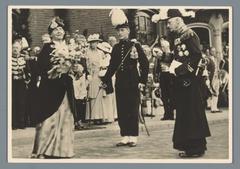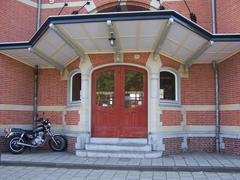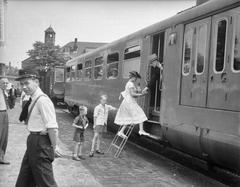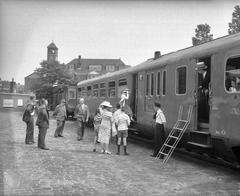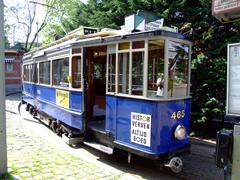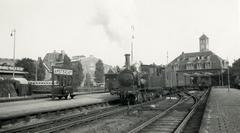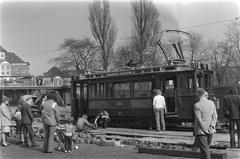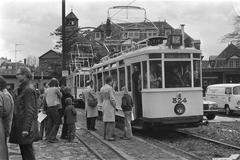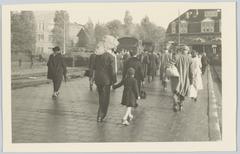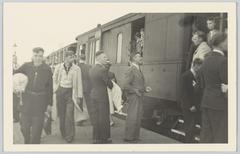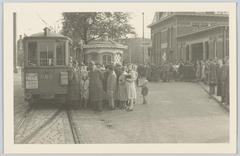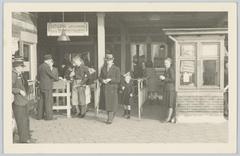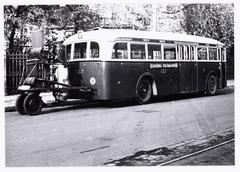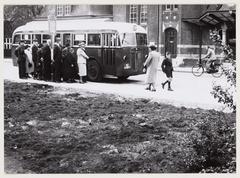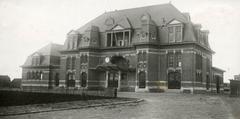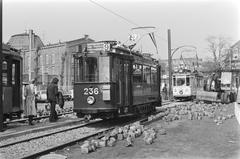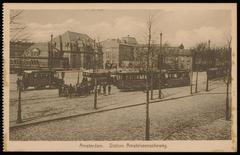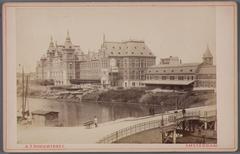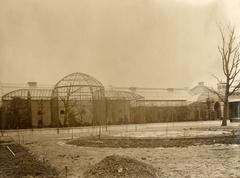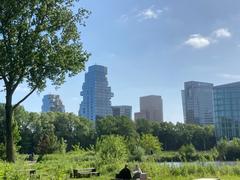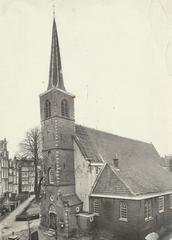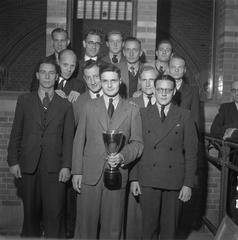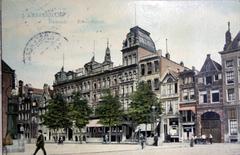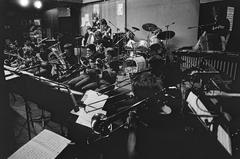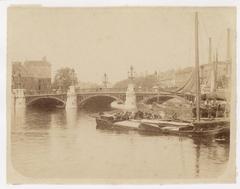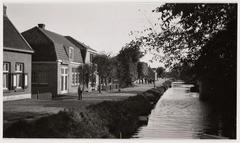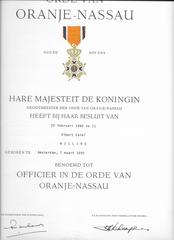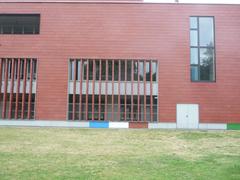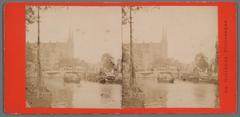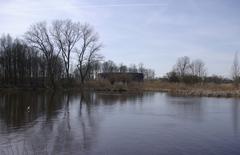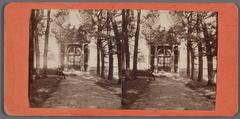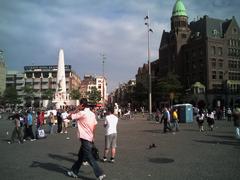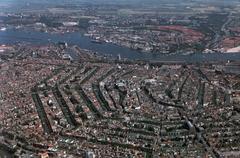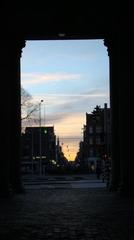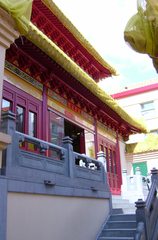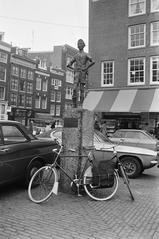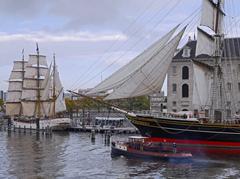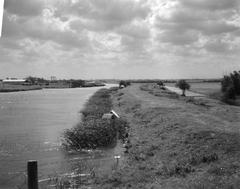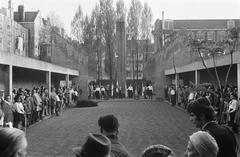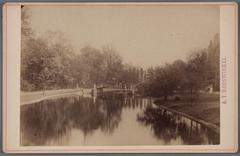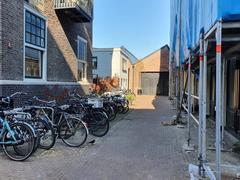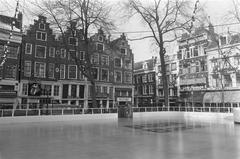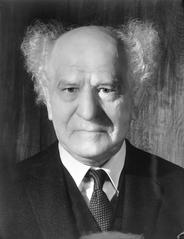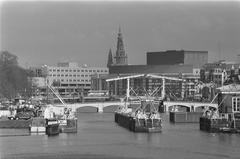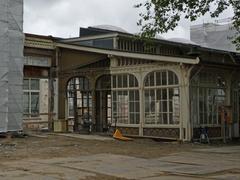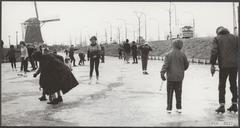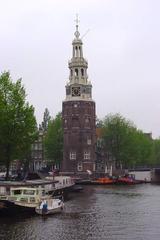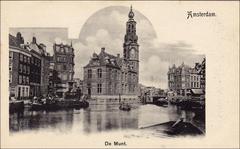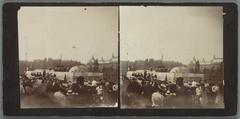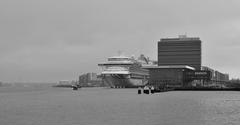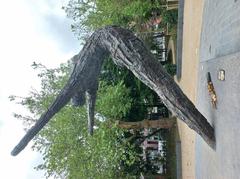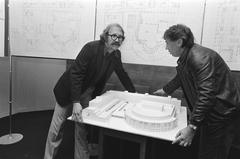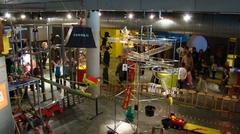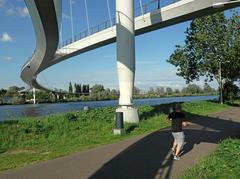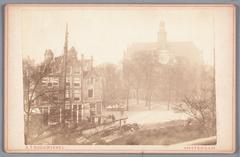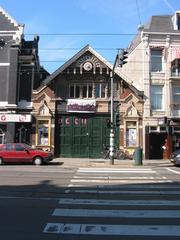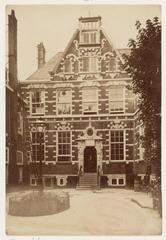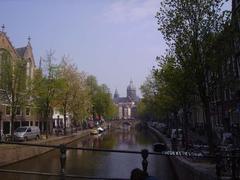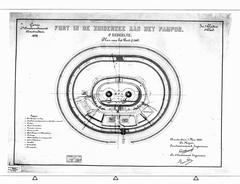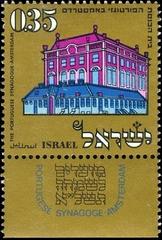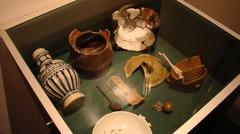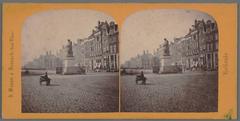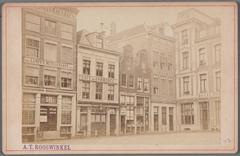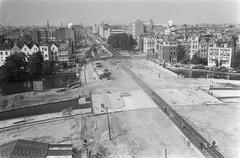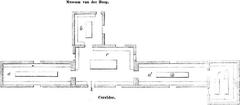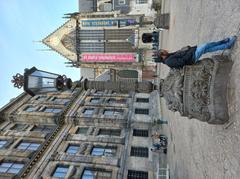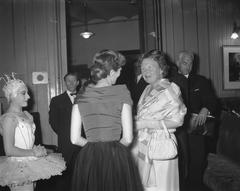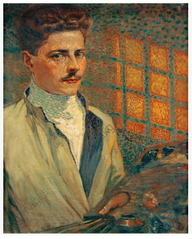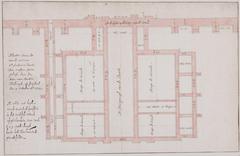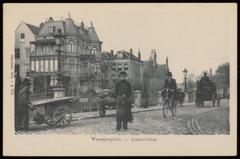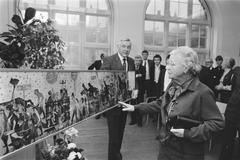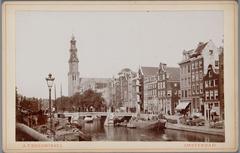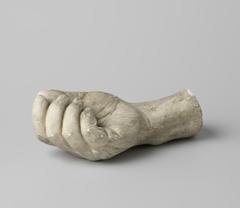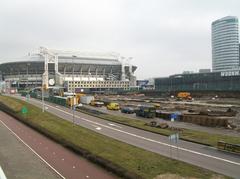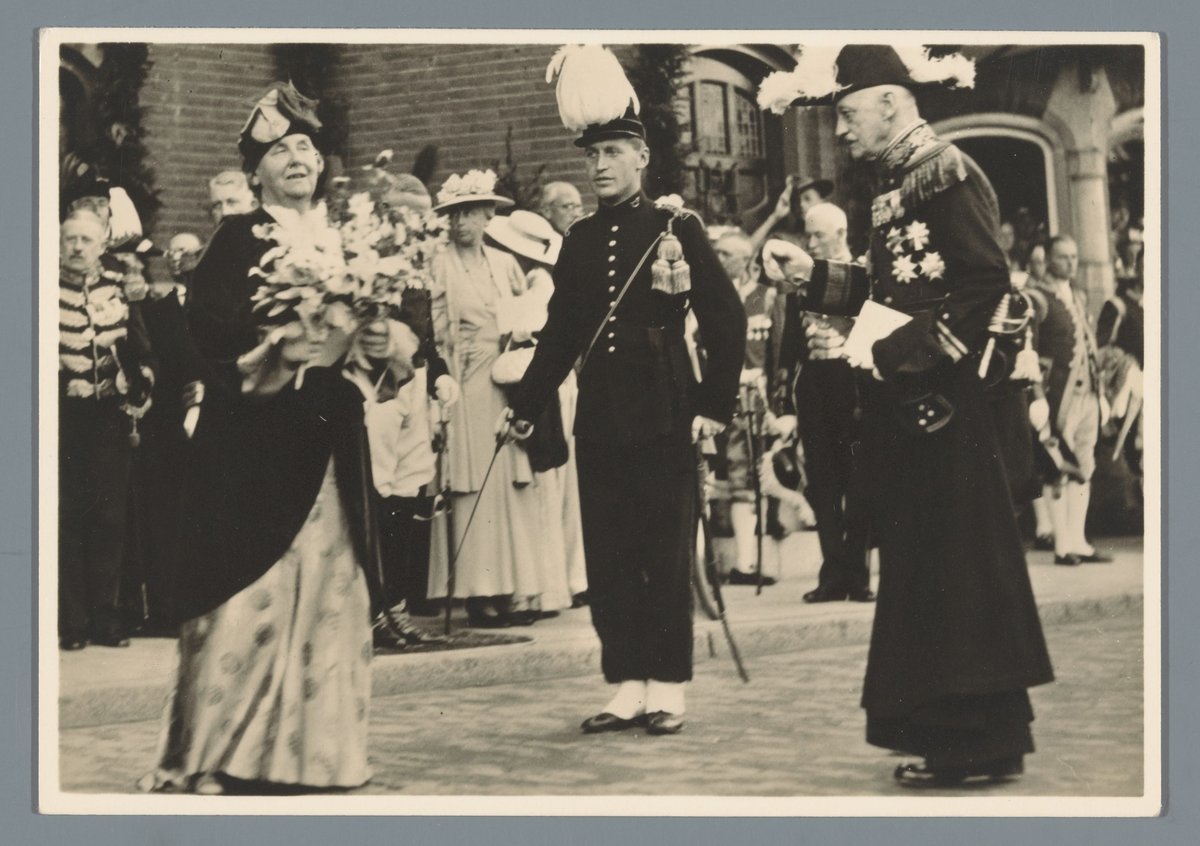
Haarlemmermeerstation Amsterdam: Visiting Hours, Tickets, and Historical Sites Guide
Date: 15/06/2025
Introduction
Haarlemmermeerstation, located in Amsterdam’s leafy Oud-Zuid district, is a distinguished symbol of early 20th-century Dutch railway innovation and architectural artistry. Built between 1912 and 1915 as the terminus of the Haarlemmermeerlijn, this historic station connected Amsterdam to the reclaimed Haarlemmermeer polder and neighboring towns, facilitating both passenger and freight transport. Its story is deeply interwoven with Amsterdam’s suburban expansion, land reclamation, and the Dutch tradition of inventive urban planning and hydraulic engineering (amsterdamsights.com).
Today, Haarlemmermeerstation is celebrated not only for its transportation legacy but also its rich architectural heritage, adaptive reuse as a cultural venue, and role as the departure point for the Electrische Museumtramlijn Amsterdam (EMA)—a heritage tram service that brings the city’s railway past to life for visitors. Whether you are a history buff, architecture enthusiast, or cultural explorer, this guide offers comprehensive information on Haarlemmermeerstation’s visiting hours, ticketing, accessibility, historical background, and nearby attractions.
Table of Contents
- Introduction
- Historical Overview: Origins and Construction
- Architectural Significance
- Evolution within Amsterdam’s Railway Network
- Restoration, Preservation, and Current Uses
- Visiting Hours, Tickets, and Accessibility
- Cultural and Community Impact
- Visitor Experience and Practical Tips
- Visuals and Media Resources
- Related Amsterdam Historical Sites
- Frequently Asked Questions (FAQ)
- Conclusion and Final Tips
- References
Historical Overview: Origins and Construction (1912–1915)
Originally known as Willemspark Station, Haarlemmermeerstation was constructed from 1912 and officially opened in 1915 at Amstelveenseweg 266, on the southern edge of Amsterdam. Serving as the terminus of the Haarlemmermeerlijn, it connected the city with polder towns such as Amstelveen, Aalsmeer, and Uithoorn. This railway line was crucial for passenger movement and the transport of agricultural goods, especially flowers destined for the Aalsmeer auction and, later, Schiphol Airport (amsterdamsights.com).
The station’s establishment reflected Amsterdam’s rapid growth and the Netherlands’ advanced hydraulic engineering, linking newly reclaimed land to the urban core and facilitating economic and social development.
Architectural Significance
Haarlemmermeerstation stands as a prime example of the Amsterdam School architectural style, characterized by expressive brickwork, decorative stone details, steep slate roofs, and a harmonious, country house aesthetic. Designed by H. van Emmerik, with possible influence from Karel de Bazel, its features include:
- Ornamental brick and stone façade
- Steep roofs with dormers and ornate cornices
- Central loggia entrance, wooden pillars, and pediment
- Bay windows with domes connecting to the main roof
- Architecturally matched restaurant wing
- Platform canopy with decorative cornices
These elements contributed to its designation as a national monument (Rijksmonument), ensuring its preservation as an architectural gem (rijksmonumenten.nl).
Evolution within Amsterdam’s Railway Network
Haarlemmermeerstation was integral to Amsterdam’s railway system, facilitating both passenger and freight services until 1950. After passenger operations ended, the station continued as a freight terminus until 1972. The rise of automobile transportation and subsequent railway restructuring led to the eventual closure of the line (amsterdamsights.com).
Restoration, Preservation, and Current Uses
After its closure as a railway station in 1975, Haarlemmermeerstation was saved from demolition and given new life by the Electric Tram Museum Amsterdam (EMA). It now serves as the starting point for heritage tram rides along the original route toward Amstelveen and Bovenkerk (museumtramlijn.org). The building also functions as an atmospheric venue for weddings, corporate events, and cultural gatherings, blending its historical ambience with contemporary uses. Recent urban redevelopment projects have further integrated the station into the vibrant neighborhood, with new green spaces and residential developments nearby (haarlemmermeerstation.nl).
Visiting Hours, Tickets, and Accessibility
Visiting Hours:
- EMA heritage tram rides: Sundays (April–October), 11:00–17:00.
- The station building is generally accessible during events or open days; check ahead for specific dates (museumtramlijn.org).
Tickets:
- Tram ride tickets: €5–€10 (discounts for children and groups).
- Tickets may be purchased on-site or online.
- Station entry is free when open for events.
Accessibility:
- Wheelchair-accessible platform and restrooms; some areas may be less accessible due to the building’s age.
- Contact EMA in advance for specific accessibility needs.
Special Events:
- The station hosts tram festivals, photography days, and local cultural events.
- Private tram rentals and venue bookings are available (museumtramlijn.org).
Cultural and Community Impact
Haarlemmermeerstation is more than a preserved building—it is a dynamic cultural hub hosting film shoots, art installations, and community events. Its proximity to Amsterdamse Bos, Vondelpark, and the Olympic Stadium makes it a gateway to urban green spaces and a unique node in Amsterdam’s sustainable mobility network (amsterdamsights.com, haarlemmermeerstation.nl).
Visitor Experience and Practical Tips
Getting There:
- Tram: Line 2 (Amstelveenseweg stop; short walk to the station)
- Bus: Lines 15 and 62 (Haarlemmermeerstation stop)
- Car: Parking available at Olympisch Stadion
- Bike: Ample racks; aligned with Amsterdam’s cycling culture (amsterdamsights.com)
Amenities:
- Historic café in the former waiting room
- Restrooms for event and tram visitors
- Gift shop and museum exhibits
What to Expect:
- Striking Amsterdam School architecture
- Nostalgic tram rides through scenic southern Amsterdam
- Blend of historic and modern facilities
Nearby Attractions:
- Olympic Stadium (10-minute walk)
- Vondelpark and Museumplein (with top museums)
- Local cafés and shops
Visuals and Media Resources
For images of Haarlemmermeerstation’s architecture and trams, visit the Amsterdam Sights website or Museumtramlijn Amsterdam. Interactive maps and virtual tours are also available for trip planning.
Related Amsterdam Historical Sites
- Amsterdam Central Station
- De Bazel Building (Amsterdam City Archives)
- The Olympic Stadium
- Rijksmuseum, Anne Frank House, and the Eastern Docklands
Frequently Asked Questions (FAQ)
What are the visiting hours of Haarlemmermeerstation?
EMA tram rides operate Sundays from April to October, 11:00–17:00. For station events, check the official website.
Do I need tickets for the EMA trams?
Yes, tickets are required for tram rides and can be purchased on-site or online.
Is Haarlemmermeerstation wheelchair accessible?
Yes, but some areas have steps or uneven surfaces due to the building’s age.
Are guided tours available?
Occasionally during special events; check the website for updates.
How do I reach Haarlemmermeerstation by public transport?
Tram line 2 and bus lines 15/62 provide direct access.
Conclusion and Final Tips
Haarlemmermeerstation is a living testament to Amsterdam’s railway heritage, architectural prowess, and resilience in urban planning. Its adaptive reuse as a museum tram terminus and event venue illustrates the city’s commitment to preserving its past while meeting modern needs. With accessible visiting hours, engaging tram rides, and close proximity to other iconic sites, Haarlemmermeerstation is a must-visit for anyone seeking an authentic Amsterdam experience.
For the most rewarding visit, check current schedules and event listings, purchase tram tickets in advance if possible, and take time to explore nearby parks and museums. Download the Audiala app for audio guides, and follow official channels for the latest updates on events and ticketing. Enjoy your journey through Amsterdam’s storied past at Haarlemmermeerstation!
References
- This guide was informed by official and expert sources:
